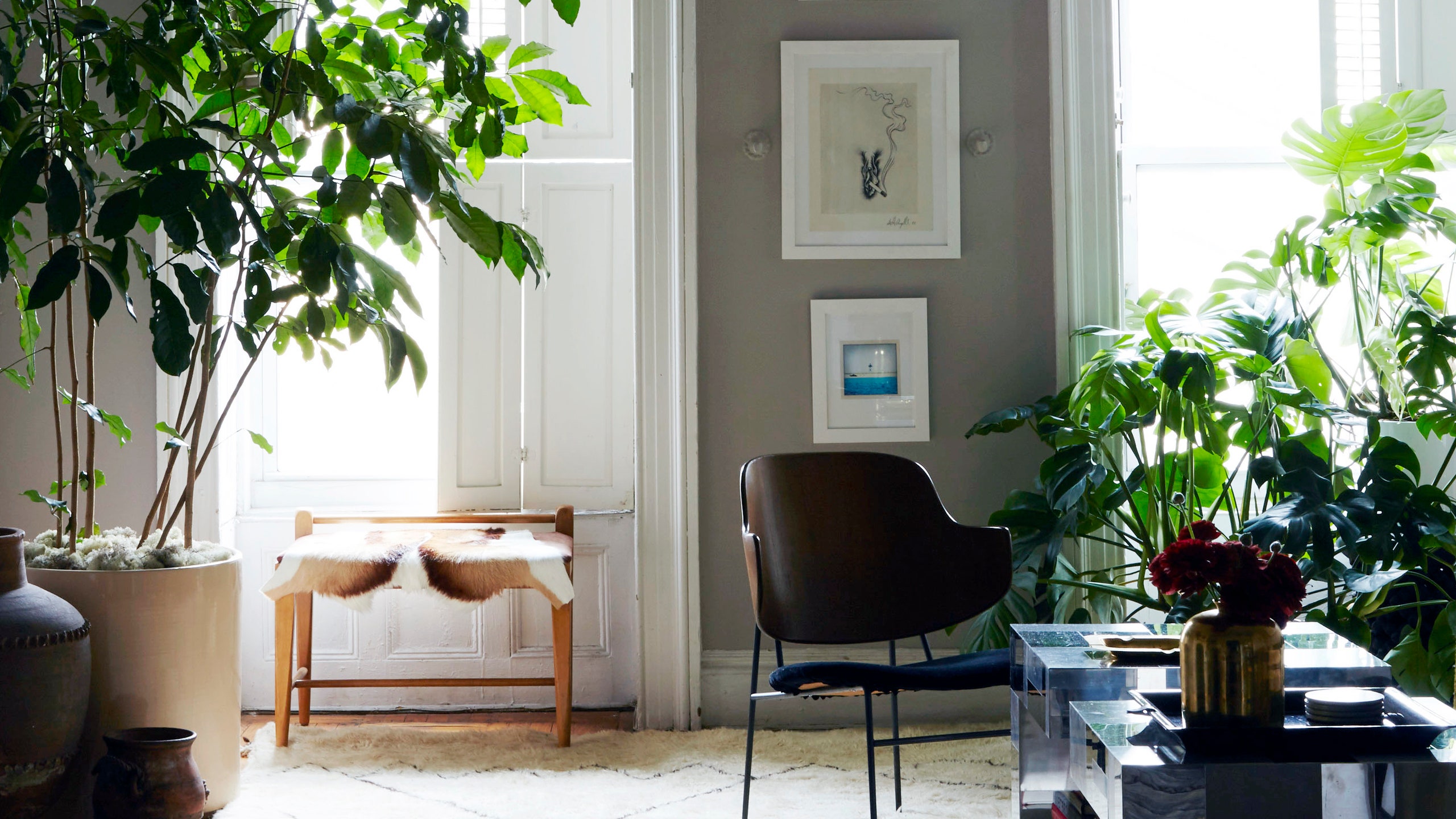Yes, it’s true – astronauts share “underwear” when they put on Spacesuits to work outside the International Space Station. This is not quite the same type of underwear you are considering because the astronauts first put on a disposable layer, then the layer of full body underwear. Nevertheless, there are disadvantages in this arrangement that ESA is trying to deal with a new project.
The International Space Station – and future space stations that will eventually be replaced – shelter a number of SpaceSight spaces used at Workwalks. These costumes are very complex and composed of several layers designed to protect the person who carries them, especially by maintaining their comfort. Rather than assigning each astronaut their own costume, the teams share costumes.
The SpaceSuit set involves putting on a disposable layer, then a liquid cooling and ventilation garment described as similar underwear. This garment, the LCVG, contains a ventilation of gas and liquid cooling tubes for comfort while carrying the costume. The LCVG also rests on the bearer’s skin and, of paramount importance, is shared by other astronauts that use the costume.
Attention to the long-term space missions, once the gateway has been deployed, the European Space Agency has announced a new project called biocidal advanced coating technology to reduce microbial activity (bacteria). The effort will involve searching for new antimicrobial textiles that can be used for spacesuit underwear layers to respond to hygiene concerns.
For the moment, the spatial agencies use copper and silver as antimicrobial materials, but metals can not tarnish over time and cause skin irritation. To solve this problem, the ESA has joined Vienna Textile Lab because of its “unique bacteriographic collection”, namely microorganisms whose metabolites can offer protective properties as a textile finish.
The project will last two years and will include testing various antimicrobial textile finishes in various scenarios, including exposure to radiation, simulated lunar dust and more.



![How to solve [pii_email_c57494443c0dea56abba] error?](https://businessmug.co.uk/wp-content/uploads/2021/09/outlook-calendar-1.png)
![How to solve [pii_email_f25b7c2ce219e167e8f5] error?](https://businessmug.co.uk/wp-content/uploads/2021/09/MS-outlook-pii-error-2.jpg)
![How to solve [pii_email_355f99a9c684c0f15d2c] error?](https://businessmug.co.uk/wp-content/uploads/2021/09/microsoft-outlook-1280x720-1-3.jpg)